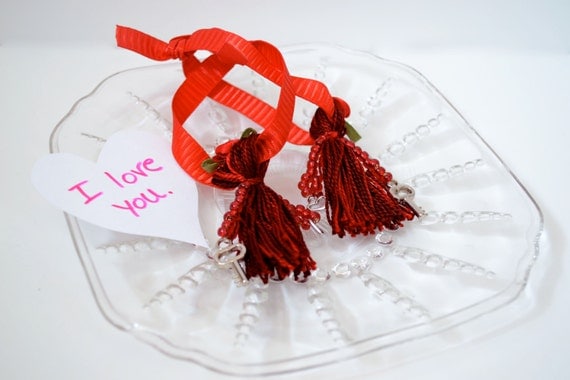From Lizbeth: The following is a guest post by Kenney Myers. It originally appeared on his blog. I already wrote about poetic forms in modern poetry, and I thought this was a nice summary of many of the formal types of poetry.
When it comes to poetry, there are more formal types than the casual reader may realize. There’s definitely more to poetry than the rhyming sentiments in greeting cards, though many of those verses do adhere to one of these style forms. The poetry types listed here are a mere sampling of the many different forms out there, and can serve as an interesting starting point for a deeper study of poetry and its many styles.
- Haiku – Comprised of three unrhymed lines with rigid syllable requirements, the Japanese haiku poetry form generally contains a season word and often focuses on nature. The syllable scheme of five morae for the first line, seven for the second and an additional five in the final line can present an interesting challenge for new poets.
- Limericks – With five lines and a standard verbal rhythm, limericks are almost always humorous and are known for being quite bawdy. Vulgar limericks are certainly not uncommon, despite the fairly rigid format of five anapestic lines.
- Sonnets – Immortalized by the classic works of William Shakespeare, Edna St. Vincent Millay and other masters of the form, sonnets are fourteen-line lyric poems that typically have one or more conventional rhyme schemes.
- Villanelle – With nineteen lines, five tercets and a final quatrain on two rhymes, the villanelle is a challenging poetry form. The first and third lines of the first tercet also repeat alternately as closing refrains on the succeeding stanzas and the final couplet of the quatrain.
- Epics – The sweeping poems detailing the heroic exploits of a strong figure are called epics, and are generally quite long and very serious. The Odyssey, Beowulf and Mahabharata are all examples of famous epic poems.
- Couplets – Couplet poems are made up of two-line, rhyming stanzas. Couplets are commonly used in greeting card verses, though there are also some famous literary couplets.
- Elegies – Melancholy in tone, elegies are poems written in remembrance of a particular person after their death. These memorial poems are thoughtful and respectful, generally detailing the accomplishments and good qualities of the departed subject.
- Free Verse – Free verse poetry, or vers libre, can be written with or without a set rhyme scheme, have no fixed metrical pattern and no style requirements. Modern poetry publishers tend to favor free verse styles over the more rigid, formal formats of the past.
- Lyric – The word “lyric” doesn’t just refer to the words of a song, though song lyrics are usually considered a lyric poem. The true definition of a lyric poem is that it expresses the feelings and thoughts of the writer, and focuses largely on emotion or opinion.
- Ode – Long in length, meditative or thoughtful in nature and almost always in a serious tone, lyric poems feature an elevated style and the structure of stanzas is formal.
- Quatrain – The format of a quatrain requires that the four lines adhere to a specific scheme. The second and fourth lines must rhyme and contain roughly the same number of syllables in order to retain the metrical style and verbal rhythm associated with the quatrain.
- Rondeau – French in origin, the rondeau contains ten or thirteen lines with two rhymes, and the opening phrase is repeated twice within the poem as the refrain.
- Sestina – Six stanzas of six lines each and a three-line envoy are the stamps of a sestina, with the last words of the first stanze repeated in a varied order in the other stanzas and also recurring in the envoy.
- Romanticism – Poetry focused on the concept of love with an emphasis on the poet’s personal experience in love or romance falls under the “romanticism” style of poetry.
- Pastoral – Poems that celebrate a rural lifestyle in the bucolic wonder of nature are referred to as “pastoral” poems. Nature untouched by the encroachment of modern civilization is the focus of a pastoral poem, with Milton’s pastoral epic Paradise Lost being one of the most famous examples.
Be sure to let me know if I missed any!
—————————
Another note from Lizbeth: I do like a pantoum, myself, a Malaysian form adapted by the French. Perhaps I’ll do a follow-up post about my favorite poem forms.
Related Articles
- Kenney Meyers; On Varied Forms of Poetry (apoetsview.wordpress.com)
- Coming to Terms with Poetry (cricketmuse.wordpress.com)







